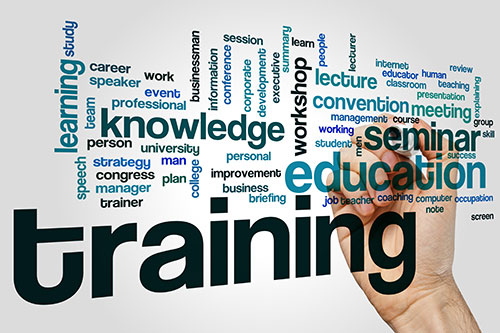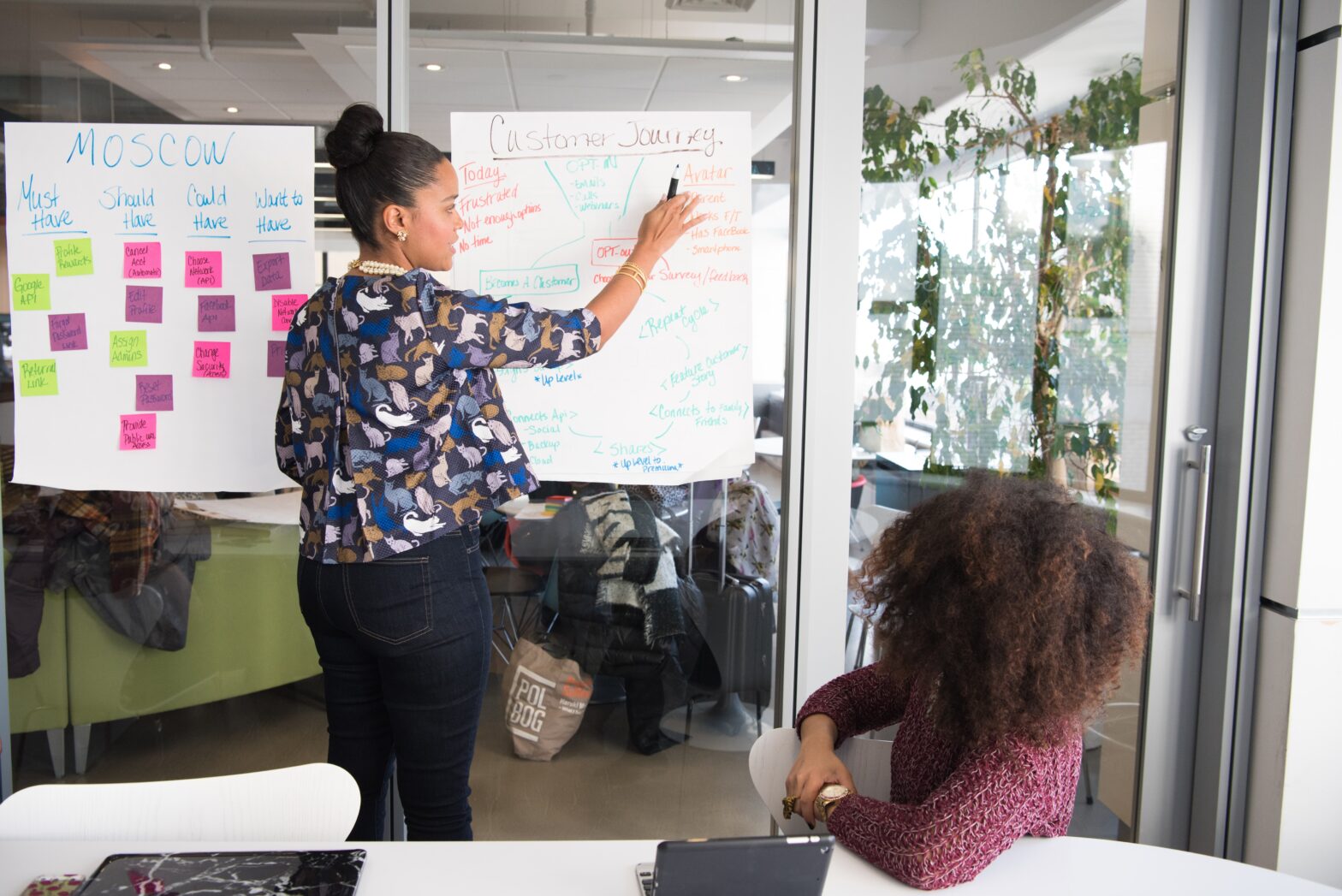March 30, 2023
How does employee training benefit your company? What difference does it make? Can it really make you more competitive?
Yes, it can. For one, an employee training program improves your ability to adapt to changes in the marketplace. Because your staff is learning and working efficiently you can shift to new ideas more quickly. Training also ensures you have quality people on hand when you expand. Because employees know what to do, they can grow your business.
Besides that, training builds a motivated and committed team that’s loyal to your company. It also creates a pool of qualified replacements for employees who leave.
Ongoing training helps you fill voids with good people.
Lastly, training is a basic necessity to provide the level of service your customers expect. Skilled employees will impress customers to come back.
Together, these reasons boost your competitive edge, as you provide training for your employees. To get there, here are some possible types of training.
START WITH EMPLOYEE ORIENTATION
The first days of work are crucial to a new employee’s success. You’ll want to orient the employee, and teach the company’s goals, and how they can be a part of achieving them. Involve key leaders, even the CEO. Review what’s required of them in the job description.
GO TO IN-HOUSE TRAINING
Training is not just for new employees. Continue to upgrade the skills of current employees, which will help them adjust to changes in their job requirements. Such training is best offered by a supervisor. Research shows employees respond better to in-house trainers because they’re familiar with the person and the workplace.
Periodic in-house training, done in a group setting, can teach communication, customer service, team building, technical and safety skills. Doing this while employees are on the job reinforces learning, which then can be applied right away to their work.
MOVE INTO MENTORING
A specific kind of in-house training involves mentoring, where a high-rated employee teaches skills to another employee. Your mentor should be a keen and successful worker who will pass on the best skills — not bad attitudes or sloppy work.
This one-on-one arrangement (which research shows as the most effective form of training) pays dividends for both parties. It enhances trust with the mentors because you’ve given responsibility to them, and it improves team building among trainees who work closely with a mentor.
STEP NEXT TO EXTERNAL TRAINING
You can also offer out-of-house training, by sending employees to one-day seminars, college courses or workshops. Though they seem costly, these training opportunities can seen as an employee perk, something to reward or inspire superb workers.
This kind of training provides new skills, stimulates creative ideas and instills employee commitment, which is brought back to the workplace. Your staff members will more likely show initiative, and be motivated.
REAP YOUR COMPETITIVE REWARD
Ongoing training can set your company ahead of the pack. Employees, particularly in younger generations, are eager to work for places that offer more than just a pay cheque. They want to learn new skills.
Investing in people shows your commitment to employees, which in turn fosters commitment in them. Not training employees creates the opposite of what you want — indifferent, unmotivated workers.
In fact, trained employees need less supervision. That frees you up to focus on building your business, growing your customer base and improving your sales. All of which boosts your competitive edge. Not a bad deal.
Source: Canadian Federation of Independent Business


